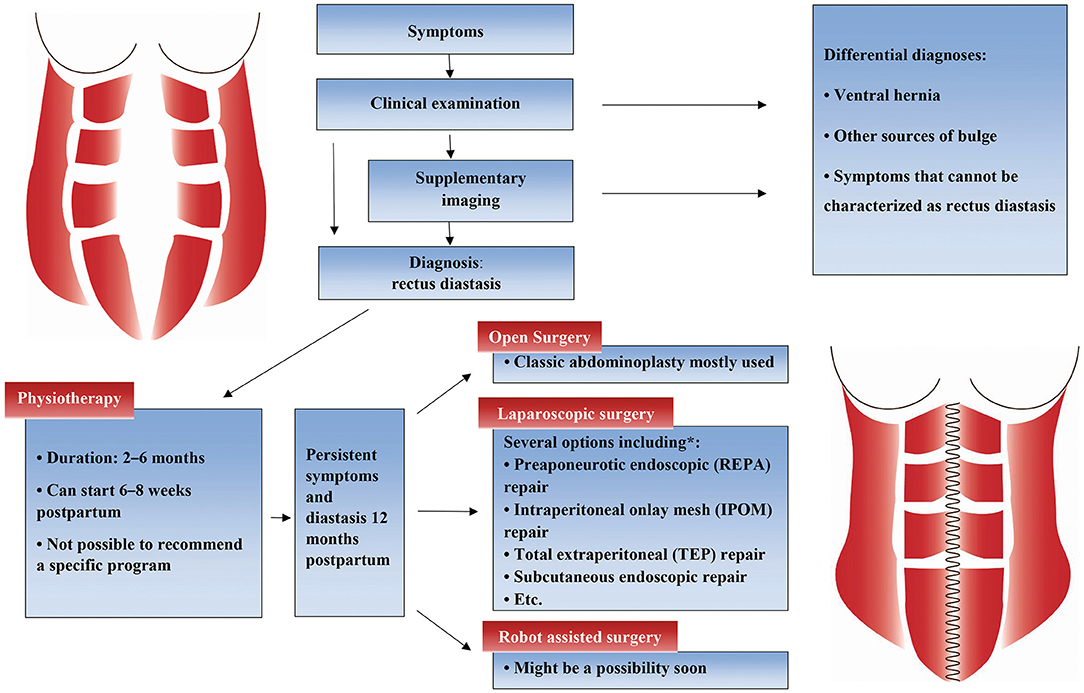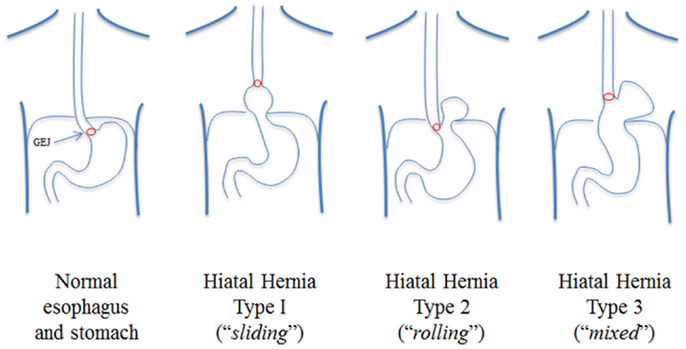A hernia occurs when an internal part of the body pushes through a weak spot in the surrounding muscle or tissue wall. Commonly abbreviated as “hernia,” this condition can affect various parts of the body, causing discomfort and potentially serious complications if left untreated. Understanding the types, causes, symptoms, and treatments of hernias is essential for early detection and effective management.

What is a Hernia?
A hernia happens when an organ, fatty tissue, or other internal structures protrude through a weakened area in the surrounding muscle or connective tissue. This can occur in different areas of the body, but the most common sites include the abdomen, groin, and upper thigh. Hernias often develop gradually over time, though they can also appear suddenly due to increased pressure on the affected area.
How Does a Hernia Develop?
Hernias develop when there is excessive pressure on a specific area of the body combined with a weakness in the muscle or tissue wall. The pressure forces the internal contents to push through the weak spot, creating a noticeable bulge. This bulge may become more prominent when standing, lifting heavy objects, or straining during bowel movements.
Types of Hernias
Hernias are classified based on their location and characteristics. Below are the most common types:
Inguinal Hernia
An inguinal hernia occurs in the groin area when part of the intestine or fatty tissue pushes through the abdominal wall. This type of hernia is more common in men than in women and accounts for a significant percentage of all hernia cases. Inguinal hernias can be further divided into direct and indirect types, depending on the pathway through which the hernia protrudes.
Femoral Hernia
A femoral hernia occurs when tissue pushes through a weak spot in the muscle wall near the femoral canal, located in the upper thigh close to the groin. This type of hernia is more common in women and can lead to complications if not treated promptly.
Umbilical Hernia
An umbilical hernia develops near the belly button when part of the intestine protrudes through the abdominal wall. This type is most commonly seen in infants, but it can also occur in adults, particularly those who are overweight or pregnant.
Incisional Hernia
An incisional hernia occurs at the site of a previous surgical incision when the tissue pushes through the scarred or weakened area. This type of hernia is more likely to develop in individuals who have undergone abdominal surgery.
Hiatal Hernia
A hiatal hernia occurs when part of the stomach pushes up through the diaphragm into the chest cavity. This type of hernia is often associated with gastroesophageal reflux disease and can cause symptoms such as heartburn and difficulty swallowing.
Epigastric Hernia
An epigastric hernia occurs when fatty tissue protrudes through the abdominal wall between the belly button and the lower part of the rib cage. These hernias are usually small and may not cause noticeable symptoms initially.
Causes of Hernias
The development of a hernia is influenced by a combination of factors that create pressure on the body and weaken the surrounding muscles or tissues. Some of the primary causes include:
Increased Pressure on the Abdomen
- Lifting heavy objects improperly
- Chronic coughing or sneezing
- Straining during bowel movements or urination
- Pregnancy
Weakened Muscles or Tissues
- Age-related muscle degeneration
- Previous surgeries or injuries
- Congenital defects present from birth
Other Contributing Factors
- Obesity
- Poor nutrition leading to weakened connective tissues
- Smoking, which can cause chronic coughing
Symptoms of Hernias
The symptoms of a hernia vary depending on its type and severity. Some hernias may not cause any noticeable symptoms, while others can lead to significant discomfort or complications. Common signs and symptoms include:
Bulge or Lump
The most visible sign of a hernia is a bulge or lump in the affected area. This bulge may become more prominent when standing, coughing, or straining and may disappear when lying down.
Pain or Discomfort
Hernias often cause pain or discomfort, especially when lifting heavy objects, bending over, or engaging in physical activity. The pain may range from mild to severe and can worsen over time.
Feeling of Heaviness
Some individuals with hernias report a feeling of heaviness or pressure in the affected area, particularly after prolonged periods of standing or physical exertion.
Nausea and Vomiting
In cases where the hernia becomes trapped or strangulated, it can lead to nausea, vomiting, and severe pain. This is considered a medical emergency and requires immediate attention.
Heartburn and Acid Reflux
Individuals with hiatal hernias may experience symptoms such as heartburn, acid reflux, and difficulty swallowing due to the displacement of the stomach into the chest cavity.
Treatments for Hernias
The treatment for a hernia depends on its type, size, location, and severity. While some hernias may not require immediate intervention, others necessitate surgical repair to prevent complications.
Watchful Waiting
For small or asymptomatic hernias, doctors may recommend a watchful waiting approach. This involves monitoring the hernia for any changes in size or symptoms without immediate intervention. Lifestyle modifications, such as avoiding heavy lifting and maintaining a healthy weight, can help manage symptoms during this period.
Lifestyle Changes
Making certain lifestyle adjustments can alleviate symptoms and reduce the risk of hernia progression. These include:
- Eating a high-fiber diet to prevent constipation and straining during bowel movements
- Avoiding smoking to reduce chronic coughing
- Practicing proper lifting techniques to minimize strain on the abdomen
Hernia Repair Surgery
Surgical repair is often necessary for larger or symptomatic hernias to prevent complications such as incarceration or strangulation. There are two main types of hernia repair surgery:
Open Hernia Repair
During open hernia repair, the surgeon makes an incision near the hernia site, pushes the protruding tissue back into place, and reinforces the weakened area with a mesh patch. This procedure is typically performed under general anesthesia and requires a recovery period of several weeks.
Laparoscopic Hernia Repair
Laparoscopic hernia repair is a minimally invasive procedure that uses small incisions and specialized instruments to repair the hernia. A camera is inserted through one of the incisions to guide the surgeon. This approach often results in less postoperative pain and a quicker recovery compared to open surgery.
Medications for Symptom Management
While medications cannot cure a hernia, they can help manage associated symptoms. For example, individuals with hiatal hernias may benefit from antacids or proton pump inhibitors to reduce acid reflux and heartburn.
Emergency Treatment for Complications
If a hernia becomes incarcerated or strangulated, immediate medical attention is required. An incarcerated hernia occurs when the protruding tissue becomes trapped and cannot be pushed back into place, while a strangulated hernia involves a disruption of blood flow to the trapped tissue. Both conditions are considered emergencies and typically require urgent surgical intervention.
Preventing Hernias
While not all hernias can be prevented, certain measures can reduce the risk of developing one. These include:
- Maintaining a healthy weight to reduce pressure on the abdominal wall
- Exercising regularly to strengthen core muscles
- Avoiding activities that place excessive strain on the abdomen
- Treating underlying conditions such as chronic coughing or constipation
Importance of Early Detection
Early detection of a hernia is crucial for preventing complications and ensuring timely treatment. Individuals experiencing symptoms such as a noticeable bulge, pain, or discomfort should seek medical evaluation promptly. A healthcare provider can perform a physical examination and recommend appropriate diagnostic tests, such as imaging studies, to confirm the presence of a hernia.





